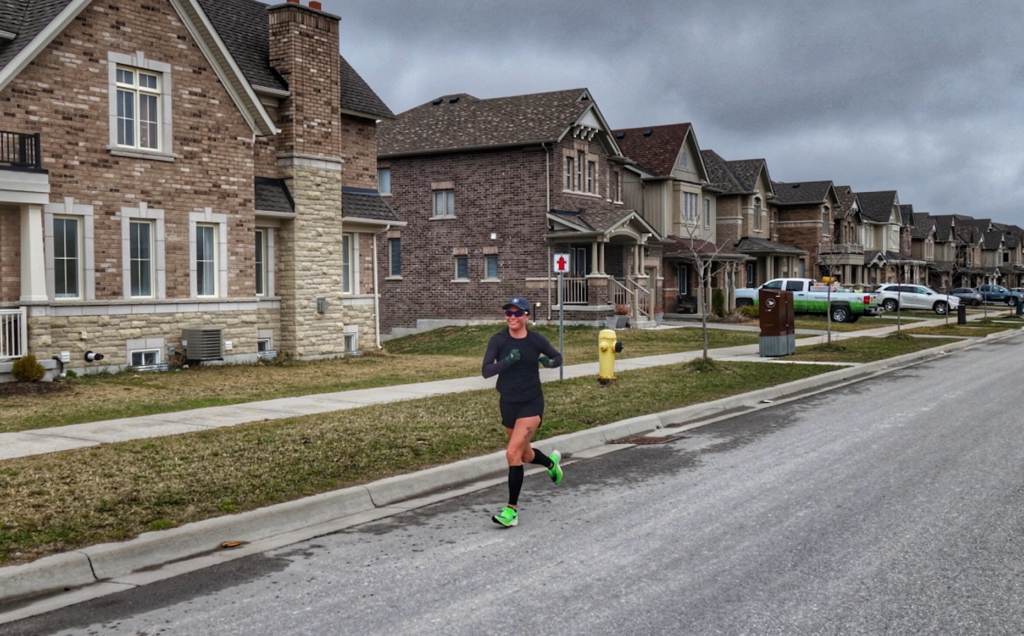How much running is necessary to maintain fitness?
Even if you've ditched structured training, as long as you're getting out for runs consistently, your fitness will be just fine

Many runners had spring marathons on the race calendar that have been cancelled or postponed. If you gained a lot of fitness while training for your goal race and are wondering how much has since gone away, the answer is (probably) not that much, if you’ve continued running a little.
A 2009 study tested kayakers in the five-week period after their world championships. One group of athletes completely stopped exercising, while the other group continued to train at a greatly reduced level. The study found that those who reduced their volume of training (from roughly 20 sessions a week to only three) lost between five and 10 per cent of their fitness in categories like weight lifted and VO2 max scores. Other aspects of their health, like heartrate and blood-lactate levels, remained unchanged with this minimal amount of exercise.

RELATED: How quickly do you lose running fitness?
Trent Stellingwerff, a physiologist based out of Victoria, B.C., used this study as an example of training adaptation in runners. While elite athletes will see a more significant drop in their fitness (especially if they completely stop training), most people can maintain their fitness gains with relatively minimal effort.
Your age matters
Stellingwerff points out that maintaining (or gaining) fitness can be easier for older runners than for someone who’s new to the sport, or a young athlete. While he does acknowledge that injuries crop up more frequently in this group of runners, their advantage comes from years of training–a reservoir, of sorts, to draw upon. “I’ve seen over and over again, older runners with longterm injuries or pregnancies, who are training as best they can, but it’s not at their typical level. However, usually coming out of that, if they can string together three months of base work and six weeks of specificity, they can achieve a killer performance.”
https://www.instagram.com/p/B7oGONDH2kR/
The physiologist cites new Canadian marathon record-holder Malindi Elmore, who just turned 40, as a prime example of this. The runner had 15 to 20 years of good training in her legs, so despite not tapping into a running-specific system for nearly a decade (she’d had two children and in between had been doing triathlons), she was able to get ‘running fit’ really quickly. This came from her previous years of training.
RELATED: Malindi Elmore’s daily routine
The basic guidelines

Stellingwerff says that the research is minimal on this topic, but in his experience, if you drop your training volume by 25 per cent over a two-month period, you’re probably going to maintain the vast majority of gains you had made. As long as you’re still getting runs in, and spending time on your feet, the bit of extra intensity and volume will come back quite easily.
While the elite runners will miss the high-end work (event-specific sharpening workouts), he reassures that it only takes about eight specific workouts to get that speed back. Those workouts would be race-simulation style efforts: for example, a marathoner’s last long run or a track runner running over-distance at race pace.
The moral of the story: even if you’ve ditched structured training, as long as you’re getting out for runs consistently, your fitness will be just fine.


